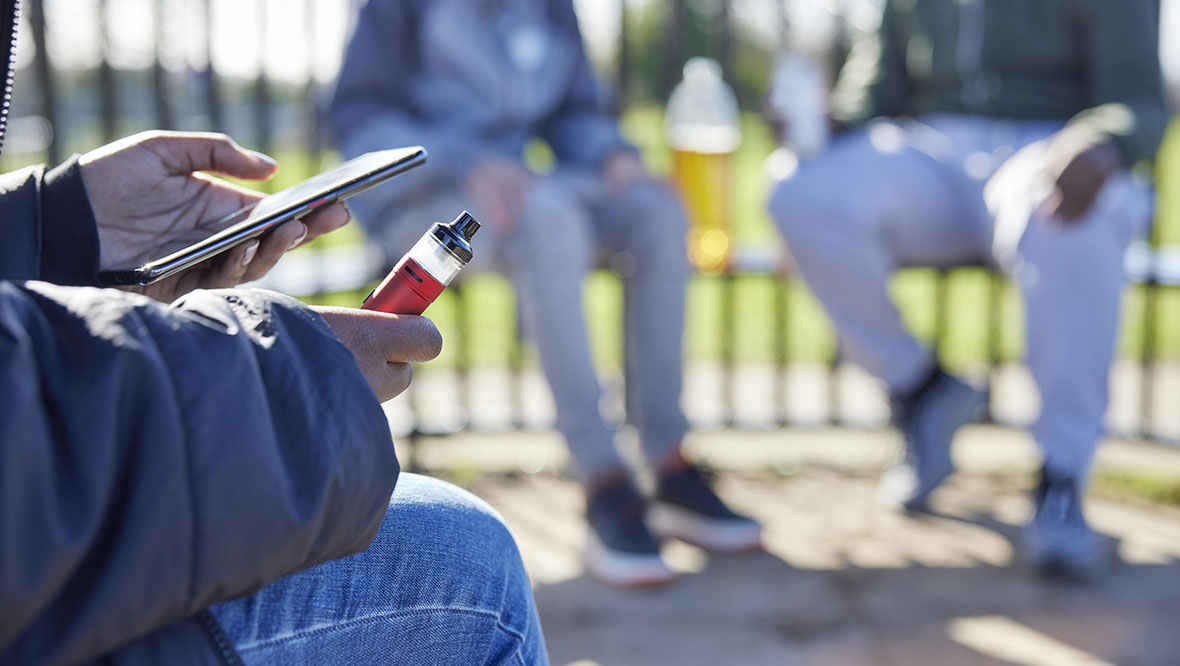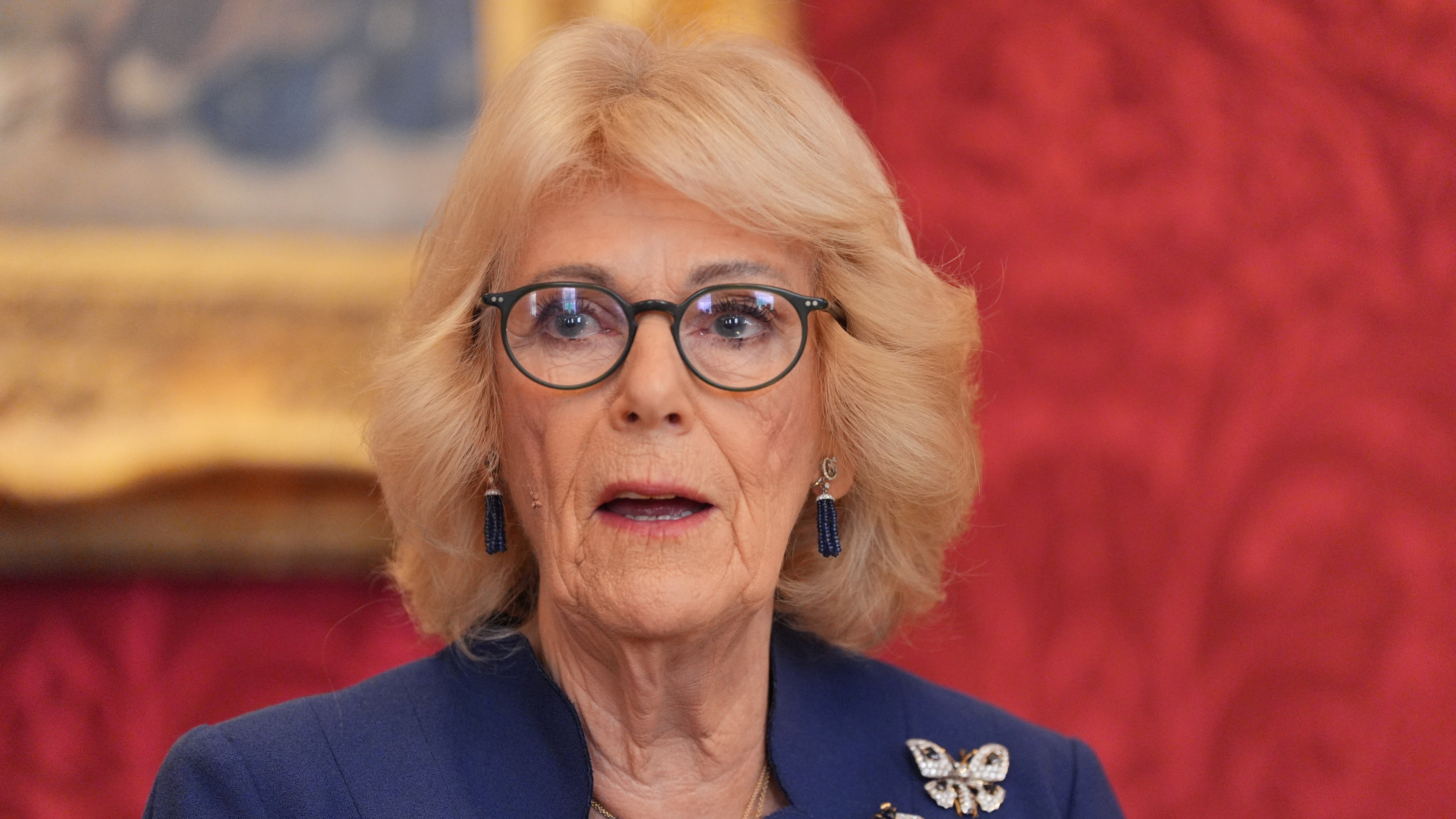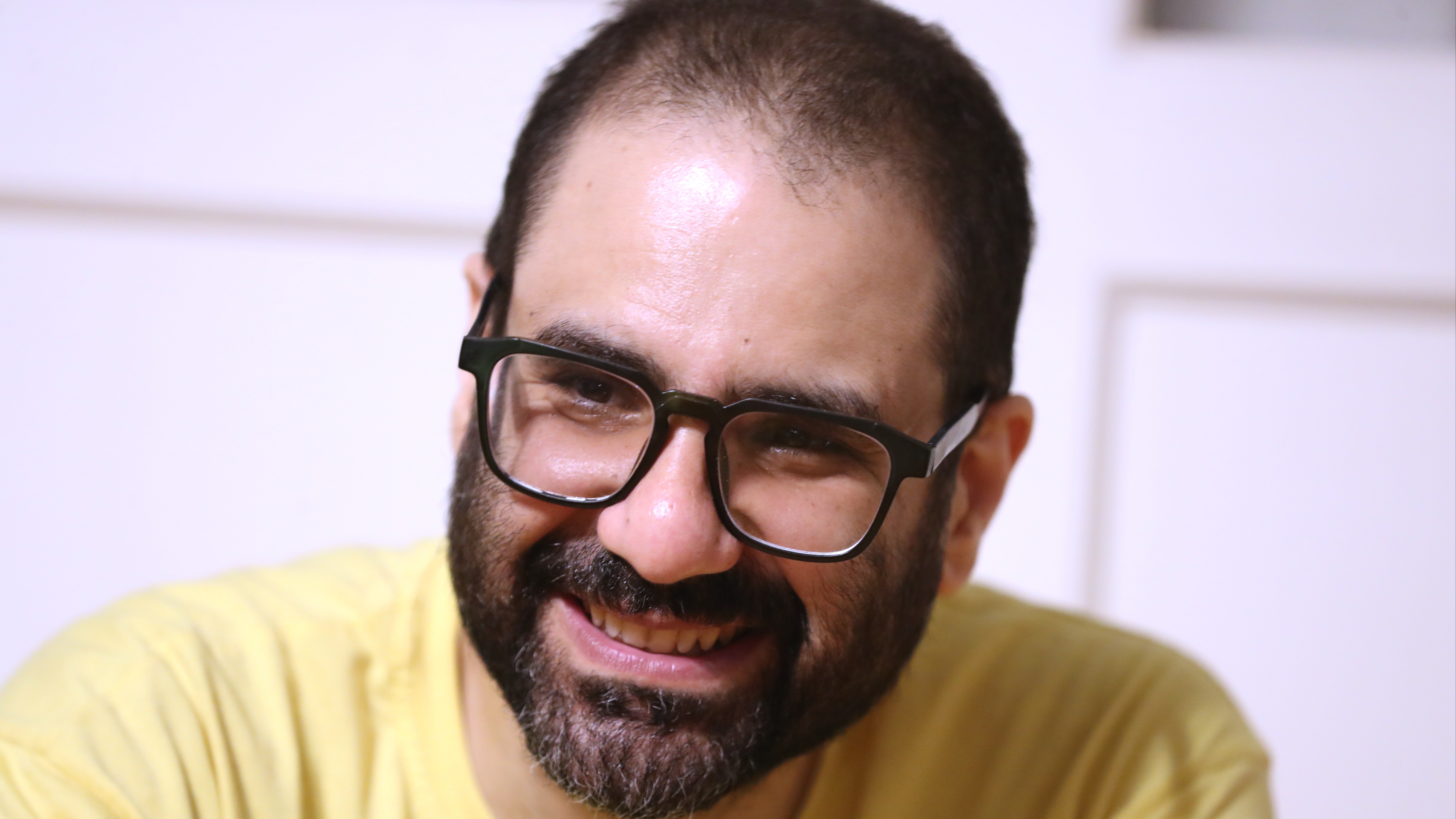Girls in the UK are drinking, smoking and vaping more than boys, while the country is “top of the charts” globally for child alcohol use, a major report has found.
In one of the largest studies of its kind, the World Health Organisation (WHO) examined data from 280,000 children aged 11, 13 and 15 from 44 countries who were asked about their use of cigarettes, vapes and alcohol.
The research showed:
- Girls aged 13 and 15 in the UK tend to be drinking, smoking and vaping more than boys across a broad pattern of behaviour.
- Two-fifths of girls in England and Scotland have vaped by the age of 15 – higher than in other countries such as France, Austria, Germany, Albania, Spain, Canada and Norway.
- Some 30% of girls aged 15 and 17% of boys aged 15 in England have vaped in the previous 30 days. This is higher than children in several other countries, including Ireland, Canada, Iceland, Spain, Denmark, Norway and Portugal.
- The UK seems to have more of an issue with under-age vaping than many other countries, with girls in the UK more likely to have used a vape by the age of 15 than the average for all 44 countries in the study.
- Children aged 11 and 13 in England are the most likely to have ever drunk alcohol compared with youngsters in all the other countries surveyed.
- At the age of 11, England tops the global chart, with 34% of girls and 35% of boys saying they have drunk alcohol.
- By 13, some 57% of girls and 50% of boys in England have drunk alcohol – again topping the global chart.
- At the age of 15, 53% of girls in England have drunk alcohol in the previous 30 days, compared with 39% of boys.
- Some 55% of girls and 56% of boys in England from higher income families say they have drunk alcohol in their lifetime. The figures for lower income households are 50% of girls and 39% of boys.
- Children in Scotland and Wales are more likely to have ever smoked cannabis than those in many other countries. Both countries are in the top five globally. Data shows that 15-year-old boys in Scotland (23%) have the highest rates overall for boys. Only girls in Canada score higher (25%).
The survey covered youngsters living in Europe, Central Asia and Canada, and included more than 4,000 children in England, some 4,000 in Scotland and children in Welsh schools.
Dr Jo Inchley, international co-ordinator for the study, called Health Behaviour In School-Aged Children, and from the University of Glasgow, suggested some of the UK data is concerning.
She told the PA news agency: “Vaping in the UK is higher than the average across all the countries that took part in the survey as a whole.
“I guess that’s a little bit concerning, and we’ve certainly seen quite marked increases in vaping in Scotland over the last four years… lifetime use of e-cigarettes has more than doubled in Scotland since 2018.
“So there’s two areas for concern. One is that our levels are higher than elsewhere in Europe and, secondly, it looks like the trends are worsening quite substantially over a relatively short period of time in the UK.”
Dr Inchley said one driver of increasing vape use may be their availability and low cost.
“Disposable vapes seem to be fairly readily accessible to young people and schools are reporting that that’s a major issue that they’re having to deal with on a day-to-day basis. Young people are telling us that too.
“Having ready access to any kind of substance like that obviously makes it more attractive and available, so that is a big issue.
“Some of the policy responses we’re seeing now from Governments across the UK is really positive in that respect, because we do need to address the issue of availability and accessibility.”
She said there have been declines in the proportion of children who say they have ever used cannabis, certainly in Scotland in recent years.
 iStock
iStockBut she added: “We don’t see the same trends for what we call current use, or use of cannabis in last 30 days.
“We’re not seeing the declines amongst regular users like we do amongst more experimental users.
“Compared with other countries, we’re still relatively high. and 15-year-old boys in Scotland have the highest levels of cannabis use across the study as a whole.
“That’s concerning. So, even though we’ve seen these decreases, we are still relatively high compared to other countries.”
Dr Inchley said it is also “really quite worrying” that “England is at the top of the charts for 11 and 13-year-olds when it comes to alcohol use”.
“So we’re seeing really high levels of early initiation into drinking amongst boys and girls in England,” she said.
“Why that’s much higher than other countries, I don’t really know, but it’s certainly something we need to look at and address.”
She added: “The big concerns are around vaping, but also there’s some evidence that alcohol use might be going up again, amongst girls in England in particular.
“And we’re seeing that across some other European countries as well.
“So that’s quite interesting to explore as well, particularly, I think, in terms of Covid and post-Covid recovery and the impact that Covid has had on particularly that sort of age group.”
She suggested this may be “linked to the mental health crisis” among children who went through the pandemic.
Dr Hans Kluge, WHO regional director for Europe, said: “The widespread use of harmful substances among children in many countries across the European Region – and beyond – is a serious public health threat.
“Considering that the brain continues to develop well into a person’s mid-20s, adolescents need to be protected from the effects of toxic and dangerous products.
“Unfortunately, children today are constantly exposed to targeted online marketing of harmful products, while popular culture, like video games, normalises them.”
Follow STV News on WhatsApp
Scan the QR code on your mobile device for all the latest news from around the country



























